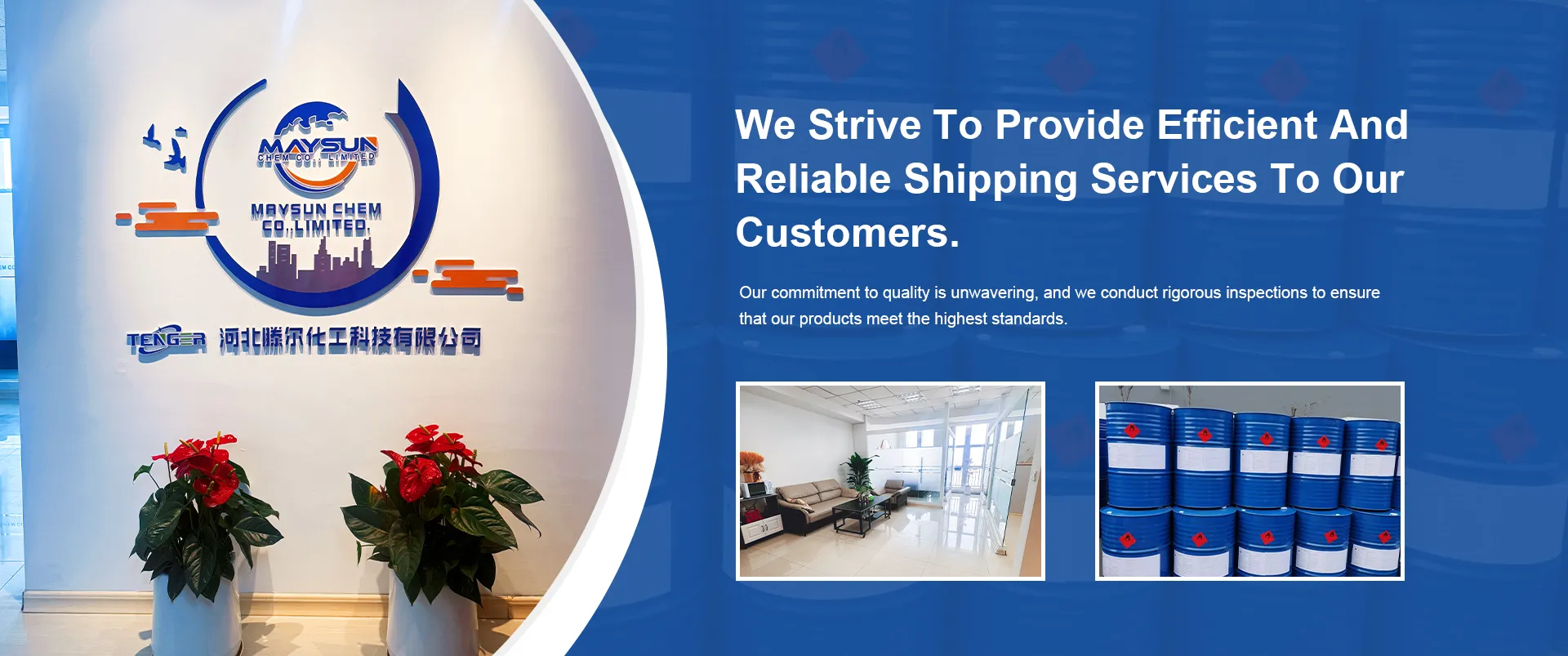
Understanding the Role of Stabilizers and Thickeners in Culinary Applications and Food Production
Stabilizers and Thickeners in Food An Essential Overview
In the world of food science, stabilizers and thickeners play a pivotal role in enhancing the texture, appearance, and overall quality of various food products. These substances are not only vital for maintaining the consistency of the food but also for extending its shelf life, improving mouthfeel, and ensuring that ingredients remain evenly dispersed. This article explores the different types of stabilizers and thickeners used in the food industry, their functions, sources, and implications for consumers.
What Are Stabilizers and Thickeners?
Stabilizers are substances that help maintain the physical and chemical properties of food products. They prevent the separation of ingredients, ensuring that mixtures like sauces and emulsions remain uniform. Thickeners, on the other hand, are compounds that increase the viscosity of a liquid, making it thicker without altering its other characteristics significantly. While these terms are often used interchangeably, their functions can be distinct depending on the food product being prepared.
Common Types of Stabilizers and Thickeners
1. Natural Thickening Agents - Starches Derived from plants like corn, potatoes, and tapioca, starches are the most widely used thickeners. When heated in a liquid, they gelatinize, absorbing water and swelling to create a thicker consistency. - Gums Natural gums, such as xanthan gum, guar gum, and gum arabic, are polysaccharides that thicken and stabilize food products. They are often used in salad dressings, sauces, and dairy products.
2. Synthetic Stabilizers - Modified Starches These are chemically altered to enhance their thickening abilities and improve thermal stability. They are common in processed foods, including gravies and soups. - Carrageenan Extracted from red seaweed, carrageenan is commonly used as a thickener and stabilizer in dairy alternatives and desserts. It helps provide a creamy texture while preventing separation.
3. Proteins - Certain proteins, such as gelatin and casein, can act as thickeners and stabilizers. Gelatin, derived from animal collagen, is frequently used in desserts and jellies, while casein is used in dairy products to improve texture and stability.
stabilizers and thickeners in food

Functions and Benefits
The use of stabilizers and thickeners comes with numerous benefits
- Improved Texture They contribute to the mouthfeel of food products, providing a desirable creamy or smooth texture that enhances the eating experience. - Preventing Separation In emulsions such as mayonnaise or salad dressings, stabilizers prevent the separation of oil and water, ensuring a consistent product. - Extended Shelf Life Many stabilizers have preservative qualities that can extend the shelf life of products by preventing bacterial growth and maintaining quality.
Considerations for Consumers
While stabilizers and thickeners are generally safe for consumption, it is essential for consumers to be aware of their presence in food products. Some individuals may have sensitivities or allergies to specific ingredients, such as certain gums or modified starches. Moreover, the shift towards natural food products has led many manufacturers to seek plant-based alternatives, which has encouraged innovation in the industry.
Conclusion
Stabilizers and thickeners are indispensable components in the food industry, ensuring that products remain appealing and enjoyable for consumers. Understanding the different types and their functions can help consumers make more informed choices about the foods they consume. As the demand for transparency in food labeling continues to rise, the industry must balance the use of these ingredients with consumer preferences for natural and clean-label products. In the ever-evolving landscape of food science, stabilizers and thickeners will undoubtedly remain crucial for product development and quality assurance, shaping the way we experience food.
-
Sodium Dichloroisocyanurate Safety Handling ProtocolsNewsJul.29,2025
-
Mining Chemicals for Copper Extraction Processes GuideNewsJul.29,2025
-
Fertilizer for Sale Shipping and Storage TipsNewsJul.29,2025
-
Dimethyl Disulfide as Sulfurizing AgentNewsJul.29,2025
-
Benzotriazole Safety Data Handling and Storage GuidelinesNewsJul.29,2025
-
Ammonium Bicarbonate Safety Handling Storage GuidelinesNewsJul.29,2025
-
The Transformative Role Of Trichloroisocyanuric Acid in Water TreatmentNewsJul.23,2025
Hebei Tenger Chemical Technology Co., Ltd. focuses on the chemical industry and is committed to the export service of chemical raw materials.
-

view more DiethanolisopropanolamineIn the ever-growing field of chemical solutions, diethanolisopropanolamine (DEIPA) stands out as a versatile and important compound. Due to its unique chemical structure and properties, DEIPA is of interest to various industries including construction, personal care, and agriculture. -

view more TriisopropanolamineTriisopropanolamine (TIPA) alkanol amine substance, is a kind of alcohol amine compound with amino and alcohol hydroxyl, and because of its molecules contains both amino and hydroxyl. -

view more Tetramethyl Thiuram DisulfideTetramethyl thiuram disulfide, also known as TMTD, is a white to light-yellow powder with a distinct sulfur-like odor. It is soluble in organic solvents such as benzene, acetone, and ethyl acetate, making it highly versatile for use in different formulations. TMTD is known for its excellent vulcanization acceleration properties, which makes it a key ingredient in the production of rubber products. Additionally, it acts as an effective fungicide and bactericide, making it valuable in agricultural applications. Its high purity and stability ensure consistent performance, making it a preferred choice for manufacturers across various industries.











